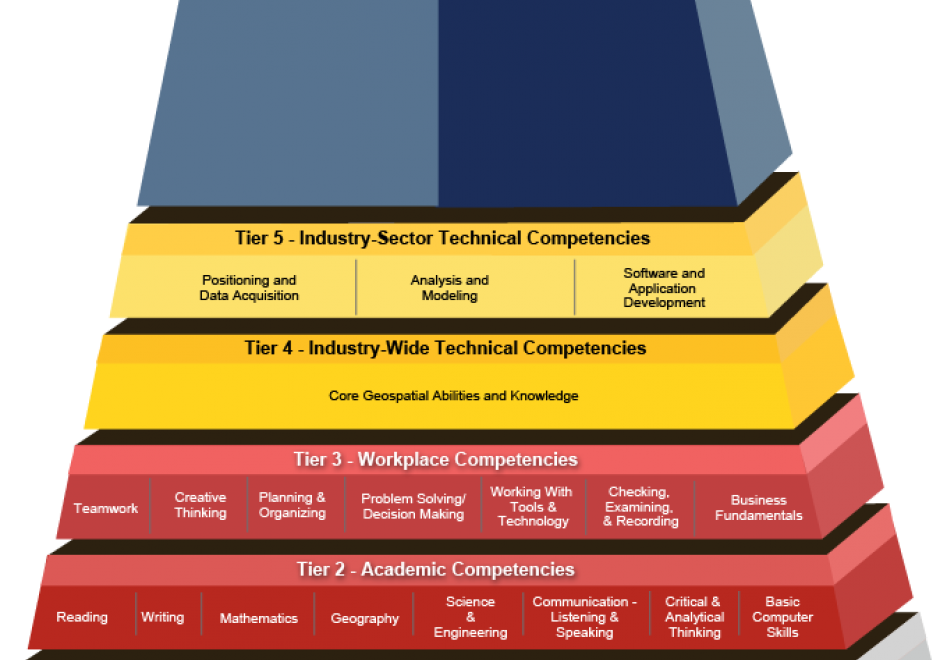AM-09 - Cluster analysis

- Identify several cluster detection techniques and discuss their limitations
- Demonstrate the extension of spatial clustering to deal with clustering in space-time using the Know and Mantel tests
- Perform a cluster detection analysis to detect “hot spots” in a point pattern
- Discuss the characteristics of the various cluster detection techniques





DM-14 - Classic vector data models